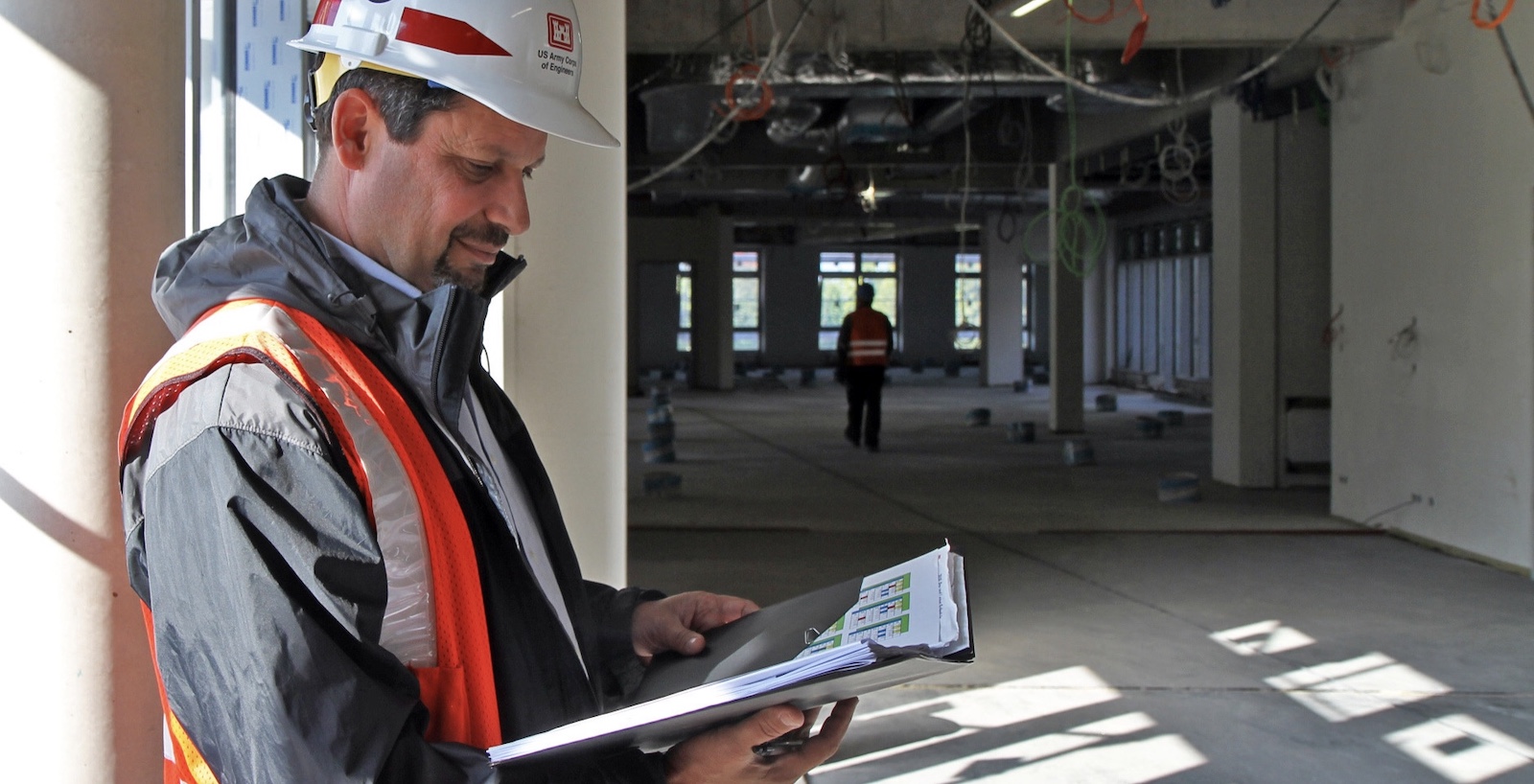1. Stay organized
Field staff have seen their peers laid off left and right over the last two years. You would think that would focus and engage them on their tasks. But Rod Luker, senior vice president of operations for construction and development for Superstition Mountain Homes, a high-end, semi-custom home builder in Phoenix, says the downturn has spread field staffs in all companies quite thin, which means being organized is more important than ever. His company combats this with enhanced scheduling and time management procedures and taps an expedited pay application process. Smaller subcontractor issues are handled in-house. We feel that these current tactics will relieve some of the pressure and assist our subcontractors, suppliers and vendors in maintaining a productive project, he says.
2. Get tech
Technology has been a game-changer to save time and money in the field and in the office. Joe Passkiewicz, vice president of construction of LandSouth Construction in Jacksonville, Fla., says the company equipped all field staff with laptops and PDAs. “I was hesitant in the past to provide these to the field. I was convinced they would be nothing but nice play toys,” he says. “But I have witnessed a quantum shift in effectiveness by adding technology in the field.” Even the punchlist is PDA-based.
LandSouth uses less paper and lowered its courier costs thanks to digital plan imaging. And Gary Drake, CEO of Los Angeles-based Drake Construction, has leaned on Prima Vera, which is interlinked with P3 scheduler, to tackle data handling, scheduling and field reporting. The system features a comprehensive and integrated set of databases for managing contracts, purchase orders, field activities, budgets and cost outlays.
Whatever the management task, it’s likely that software and technology can help.
3. Track the numbers
Everything within the production process affects the bottom line, so look for the inefficiencies in your systems and you’ll probably save money. Yehudi Gaffen, CEO of Gafcon, a construction management and consulting firm in Southern California, has clients using technology to trim administrative work through automated workflows and alerts. They also manage and track site activities.
4. Communicate, communicate, communicate
Nothing beats old-fashioned timely communication — in person at job-site meetings followed by printed confirmations or quick text messages asking for details. “I find that the best thing a contractor can have is the paper trail, showing who approved what on what date,” says Drake.
5. Keep it personal
So much technology means its easier to neglect relationships. That’s why Passkiewicz makes sure he meets with clients and staff in person, too. It’s key to managing client expectations, he says. “There is nothing more powerful than a face-to-face meeting with the ability to discuss more than just the task at hand. We recognize the need for personal attention and encourage our staff to seek out ways to meet personally with clients, subs and vendors to foster a healthy business relationship, he says.
6. Don't forgo training
When your crew is up to date on building codes and new products, to name a few, you’ll spend less time in inspection processes or facing other conflicts. LandSouth is returning to back-to-basics training to cover those issues. In fact, his field staff requested it.
7. Stay on schedule
Brian Cook, president of Cook Construction in Webster Groves, Mo., combats inefficiencies and wasted money by creating a schedule from the outset and sticking to it. “Construction managers have to be vigilant with these schedules, checking them constantly and allowing for additional time whenever possible,” Cook says. “Setbacks are inevitable on almost any job and must be dealt with immediately to keep the project on time.” The consequences, he says, are an unhappy client, loss of profit from labor costs and being hindered from starting other projects.
8. Address the issues. Maintain morale
With each round of layoffs and each bad piece of economic news comes opportunity for an employee to get discouraged and spread the attitude. So, LandSouth has worked hard to keep communication open and honest with timely updates on upcoming work. Passkiewicz says the firm has been able to quiet the chatter that can be so damaging to field morale.
Luker says keeping the troops upbeat is one of the best secrets of the trade. “Our first reaction in an economic downturn is focused on survival. But in our current economic condition it is important to recognize the value and efforts of your staff,” he says. Keep them informed and happy.
Construction Managers’ Secrets to Creating Value
Ed Kubiak, director of construction for Beechen & Dill Homes, in Burr Ridge, Ill., is a Certified Green Professional who knows how to keep his company nimble. His advice:
- Leverage the partnerships and relationships you have developed over the years to focus on the common goal: selling homes
- Re-evaluate what today’s market wants in a home to make previously optional features standard in homes, which adds value.
- Host “Behind-the-Walls” events to showcase the value that home buyers aren’t used to seeing or hearing about.
- Analyze service reports to proactively address service trends.
- Review take offsand delivery lists to reduce waste
- Work closely with the municipalities to negotiate permit fees and opportunities to create benefits to the home buyer.
5 Tips From a Pro
Atlanta-based Mosaic Group’s David Shepard, CR, CLC, GCP, lives by these tips for construction managers:
- Know your lead times for all materials before you start the job.
- Have a strong knowledge of building codes. It saves a lot of down time if you catch infractions and correct them before you are inspected.
- Treat your clients independently. If you treat them all the same, you will fail 75 percent of the time.
- Keep informed of new trends and products. When using a product new to you, do extensive research before attempting implementation.
- Read the instructions! Turn in your “Guy Card” on this one.











